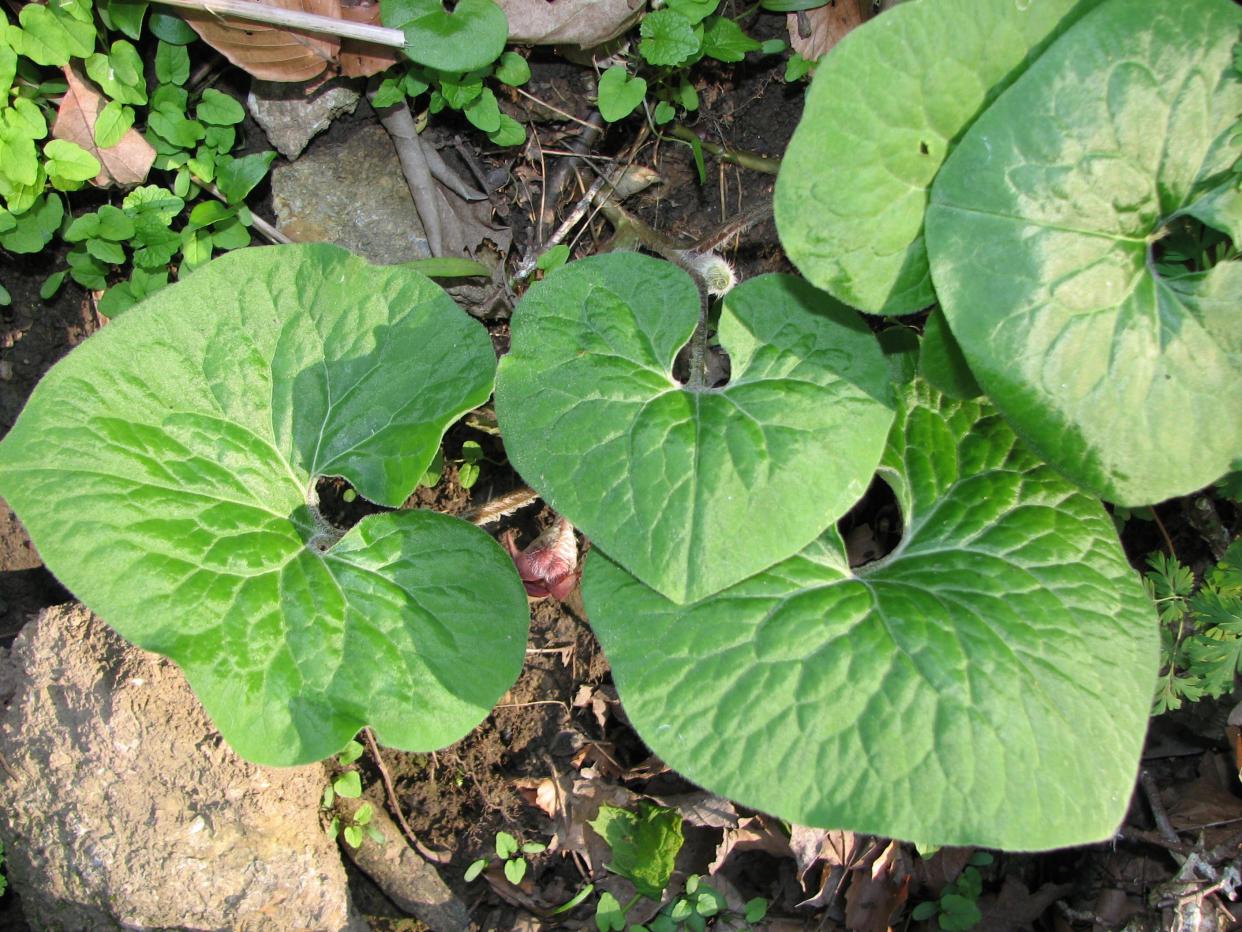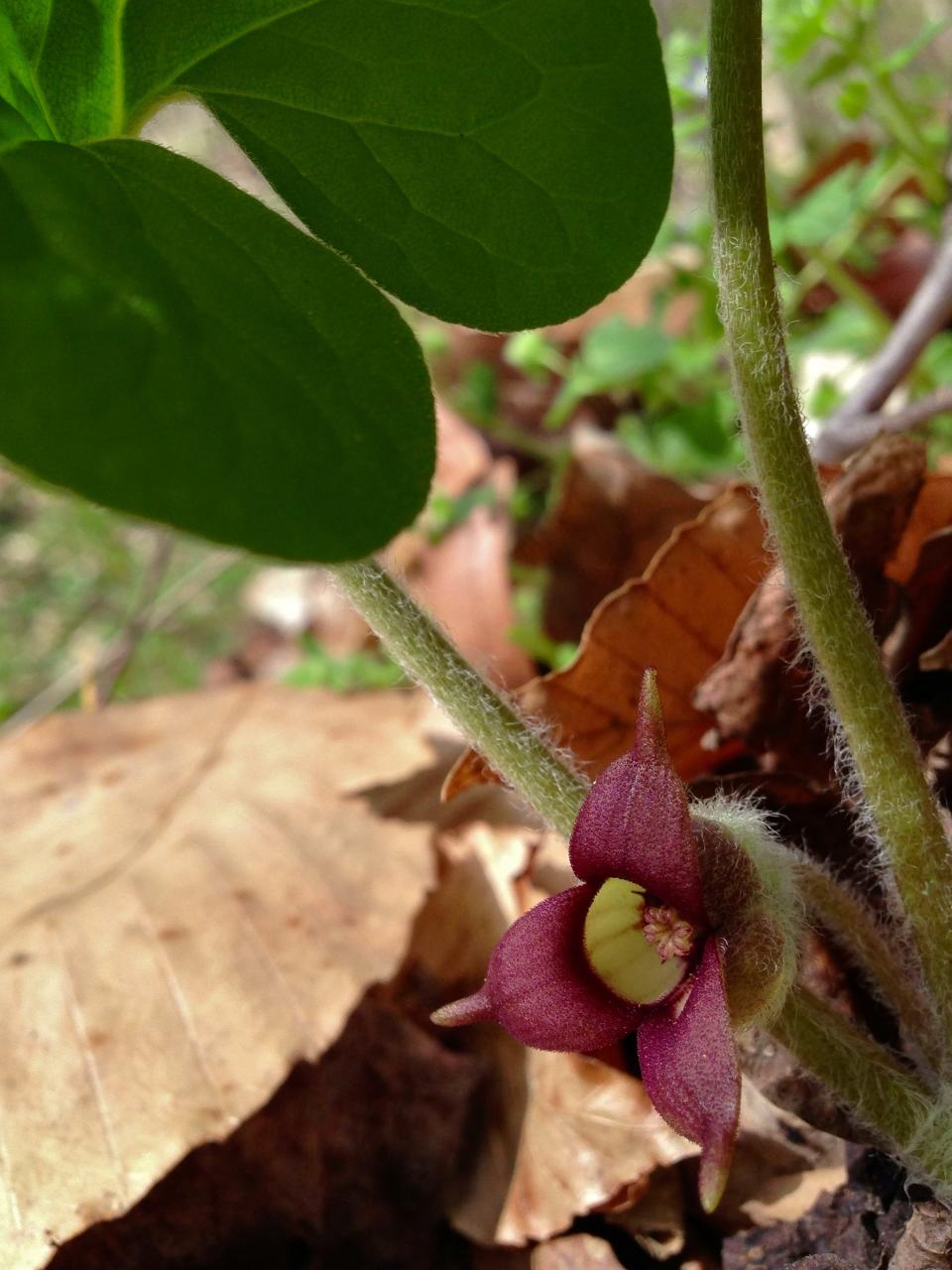Native plant: Wild ginger suited to damp, shady spots in the garden

Editor’s note: Once a month OSU Extension Master Gardener Volunteers in Franklin County profile a plant that occurs naturally in central Ohio.
When choosing a new plant, many gardeners may be familiar with the adage, “right plant, right place.” Plants have preferences on their growing conditions, from the types of soil they prefer, to how much sunlight they receive, and the amount of water they will tolerate. For damp, shady spots, few plants will thrive better in Ohio gardens than Asarum canadense, or wild ginger.
Native plant: More than a mascot or candy, buckeye a decorative shade tree
Native to much of the Midwestern United States as well as parts of Canada, wild ginger may often be found in woodlands, growing in moist areas, with light to deep shade. Wild ginger is an herbaceous, perennial plant, and one of the first to bloom in the springtime, from April to May. The plant grows 6 to 9 feet tall, with two deep green, heart-shaped leaves.
Fragrant purplish-brown flowers are produced between the leaves, and bloom before the leaves are fully formed. While not particularly showy, the flowers are located close to the soil, and are pollinated by ground-dwelling insects like beetles and ants, who are drawn in by the scent of the flowers. The stems and leaves of wild ginger are covered in tiny white hairs, and they produce a ginger-like odor when crushed.

Wild ginger is not the same species as the ginger root we are used to seeing at the grocery store, however, early Americans did use it in their cooking. Fresh and dried roots were used as a ginger substitute to flavor dishes. Wild ginger is not typically used for culinary purposes today.
Wild ginger spreads slowly through its rhizomes near the soil surface, and through seeds. It makes for a very low-maintenance ground cover. It’s a great plant for a shaded rain garden, or for use along a border, and has few disease or insect problems.
Wild ginger will even tolerate some grazing by deer.
Gardeners looking for an easy-to-grow addition to the garden may enjoy this unique and interesting plant.
Growing conditions
Hardiness zones: 4-6
Sun: Part sun to full shade
Water: Thrives in wet soil, but will tolerate drought once established
Soil: Prefers acidic soil
Maintenance: Little maintenance is required
Propagation: Spreads by rhizomes
Pests and diseases: No serious insect or disease problems
This article originally appeared on The Columbus Dispatch: Wild ginger a good choice for damp shady garden sports

